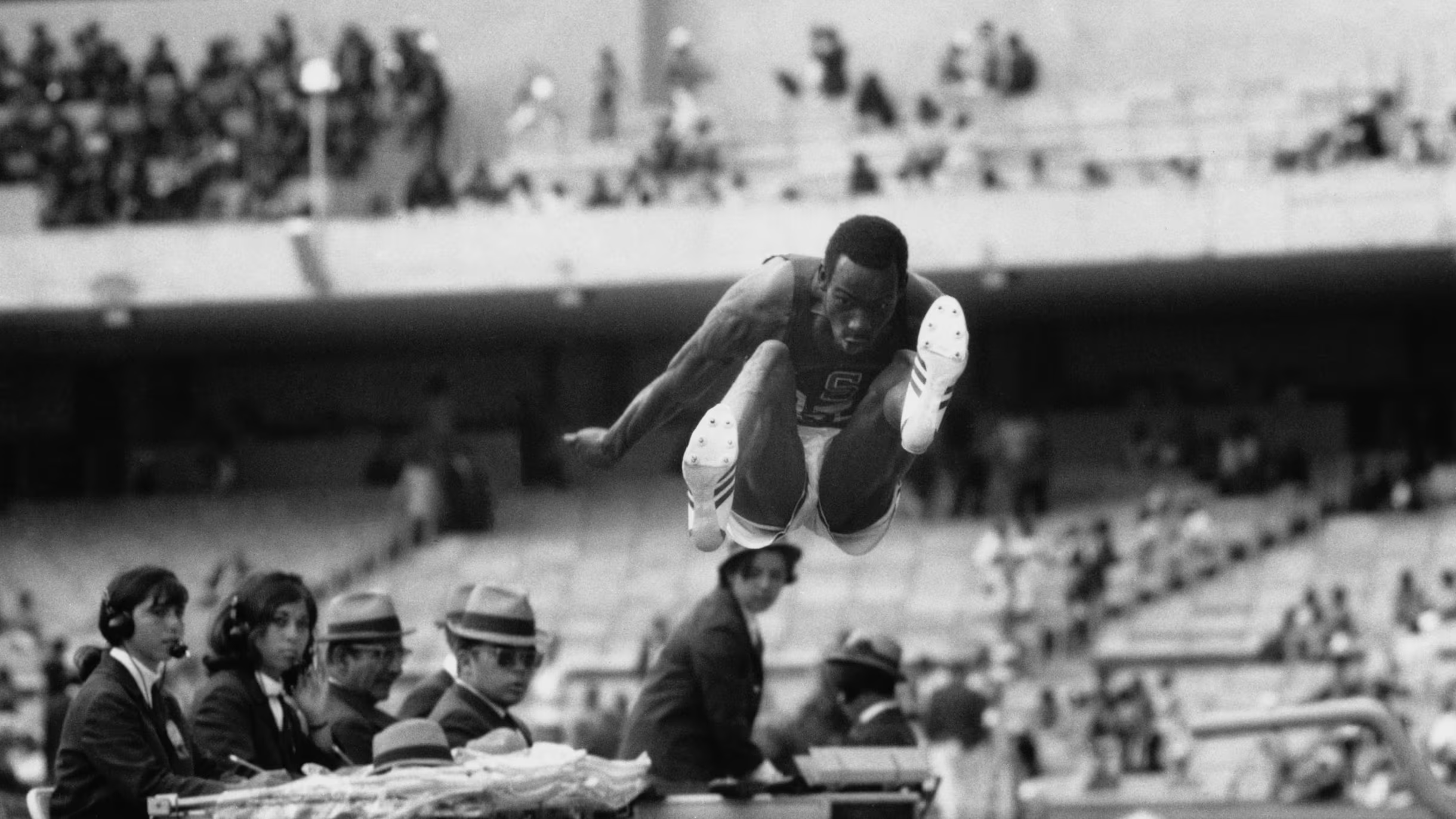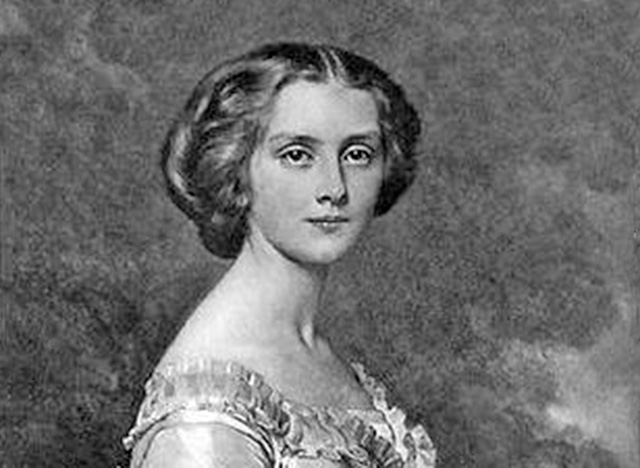At the 1968 Mexico City Olympics, American athlete Bob Beamon delivered a long jump so extraordinary that it stunned the world and redefined the boundaries of human performance. Beamon leapt 8.90 meters (29 feet, 2.5 inches)—a distance so far beyond the existing world record (by 55 centimeters) that officials had to delay the announcement to verify the measurement. It was not just a record-breaking jump; it was a quantum leap in athletic achievement that stood for 23 years and remains one of the most iconic moments in Olympic history.
Biomechanics experts attribute Beamon’s performance to a rare combination of factors: his explosive acceleration, near-perfect takeoff angle, and Mexico City’s high altitude (which reduces air resistance). Researchers from the International Journal of Sports Science have analyzed the jump in depth, noting that Beamon’s horizontal velocity and lift coordination approached biomechanical perfection. His technique has since been studied by generations of coaches and athletes striving to replicate his near-mythical feat.
Beamon’s jump wasn’t just physical—it was cultural. It symbolized Black excellence during a turbulent civil rights era and elevated track and field into global headlines. The term “Beamonesque” was coined to describe any athletic feat that obliterates expectations. More than five decades later, Bob Beamon’s legendary leap is still considered one of the greatest single performances in sports history—a moment where preparation, conditions, and human potential collided to rewrite what was possible.






